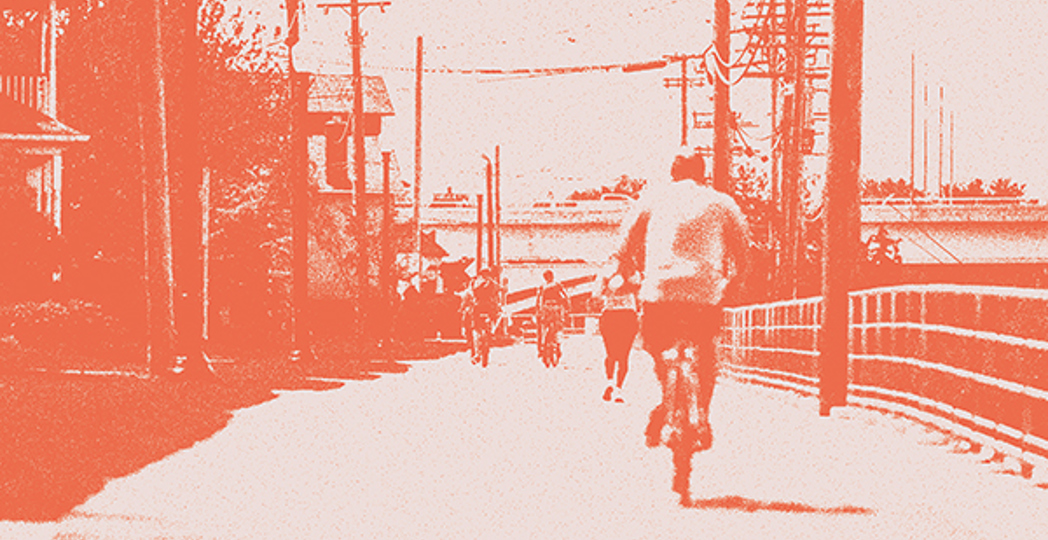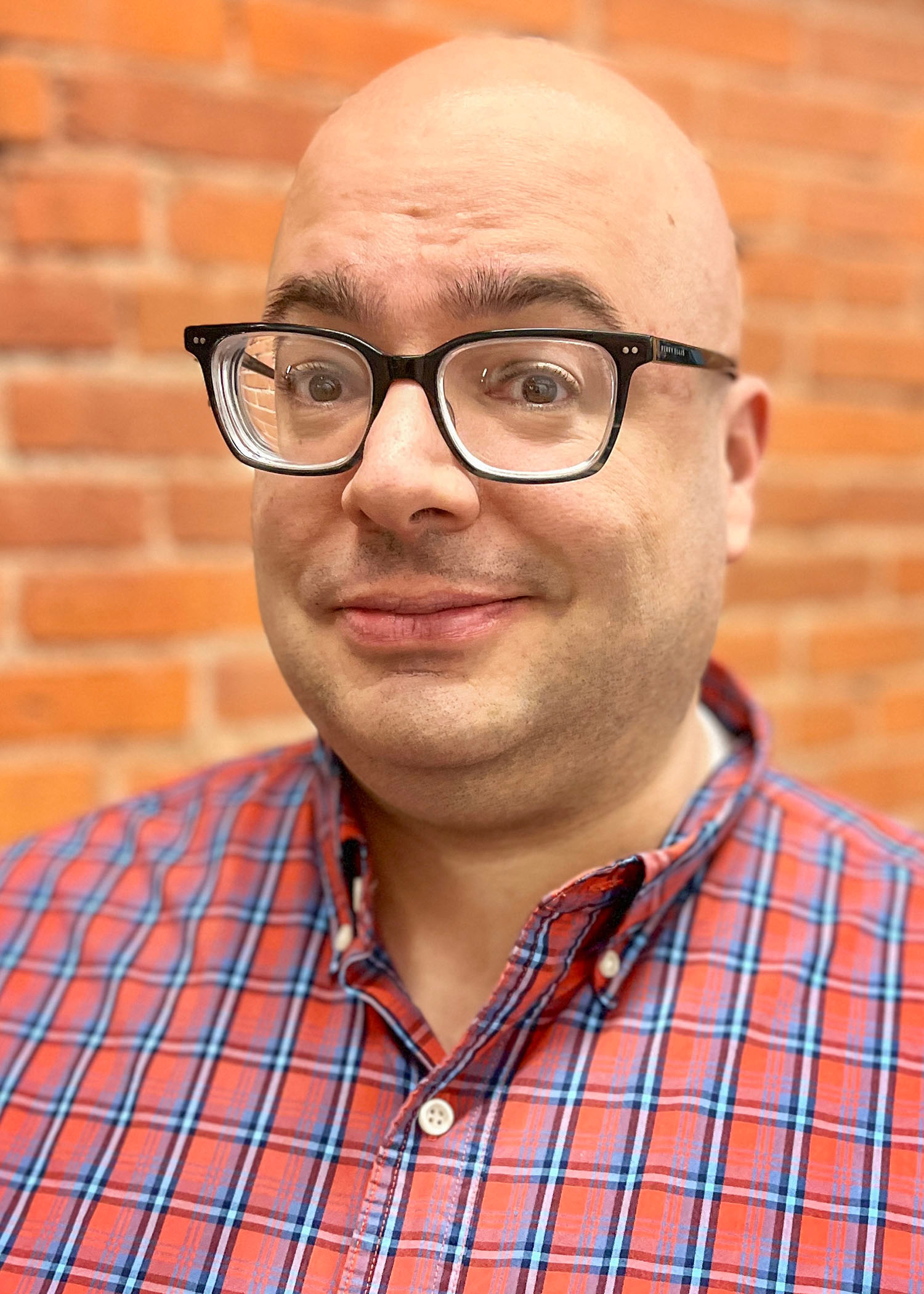What Environmental Decisions Has Cleveland Gotten Right?
by Vince Guerrieri | Feb. 28, 2023 | 1:00 PM

Erik Drost
When Moses Cleaveland mapped out the city that bears his name, the waterways were seen not as natural resources, but as modes of transportation. And as the city’s industries grew after the Civil War, abundant natural resources were marshaled in service to industry. The pollution was seen as a cost of doing business — John D. Rockefeller’s business plan accounted for regular refinery fires; suburban sprawl started when he and other millionaires moved farther away from the pollution generated by the mills and factories they owned. After World War II, attitudes changed, and conservation became a priority. Since then, decisions have been made to preserve and protect Northeast Ohio’s natural resources. Here are a few:
1968 — Cleveland voters pass a $100 million bond issue for the Cuyahoga River cleanup. The bond issue, advocated by Carl Stokes, who was elected mayor the year before, demonstrated a commitment to improving river conditions. But Stokes realized that the issue went beyond the city’s borders, and after a fire on the river the following year, lobbied for federal action. “Carl Stokes knew it wasn’t a big conflagration, but he went down to the river to make a point,” says John Grabowski, a history professor at Case Western Reserve University and author of the Encyclopedia of Cleveland History. Stokes’ actions paid off with the establishment of the U.S. Environmental Protection Agency and the passage of the Clean Water Act in 1972.
1974 — President Gerald Ford signs a law creating the Cuyahoga Valley National Recreation Area. Another component of the river’s recovery was creating a recreation area around it in southern Cuyahoga and northern Summit counties. The recreation area assumed land from the former Krejci dump in 1985, now fully remediated after being identified as a Superfund site. The property once home to the Richfield Coliseum is also now part of the park. In 2000, it became the first (and to date, only) National Recreation Area to be named a National Park.
1977 — Rapid Recovery is formed, after a fateful train ride from the airport downtown. On the way, Duane Salls saw the Red Line tracks being used as a dump. He swore action and formed a group to clean up the area. It became an ongoing project for Rotary International, with as many as 33 organizations providing volunteers. “The nice thing about outdoor volunteer work is that you can see what you’ve done,” says Len Stover, the former project coordinator. Today, it’s the Red Line Greenway, and the idea of rails-to-trails continues to be touted, with new Cuyahoga County Executive Chris Ronayne reviving the proposal to turn part of the Veterans Memorial Bridge into a greenway and bike path.
1985 — Canalway Partners is formed. In the early days of Ohio statehood, the state was rife with canals. The Ohio & Erie Canal went from Portsmouth up through Columbus and Akron, terminating where the Cuyahoga met Lake Erie. Railroads made the canal obsolete as a freight line, but it continued to generate hydroelectric power until it was abandoned following extensive damage from Ohio’s 1913 flood. Canalway Partners formed to get the former canal towpath declared a national heritage area. At the time it was, in 1996, one of just nine in the country. Now, the Towpath Trail extends 90 miles, from downtown Cleveland to Tuscarawas County – and will total 101 miles upon completion.
Is Cleveland the climate safe haven we think it is? We answer that and other burning questions about Northeast Ohio's environment and climate response.
Vince Guerrieri
Vince Guerrieri is a sportswriter who's gone straight. He's written for Cleveland Magazine since 2014, and his work has also appeared in publications including Popular Mechanics, POLITICO, Smithsonian, CityLab and Defector.
Trending
-
1
-
2
-
3
-
4
-
5










